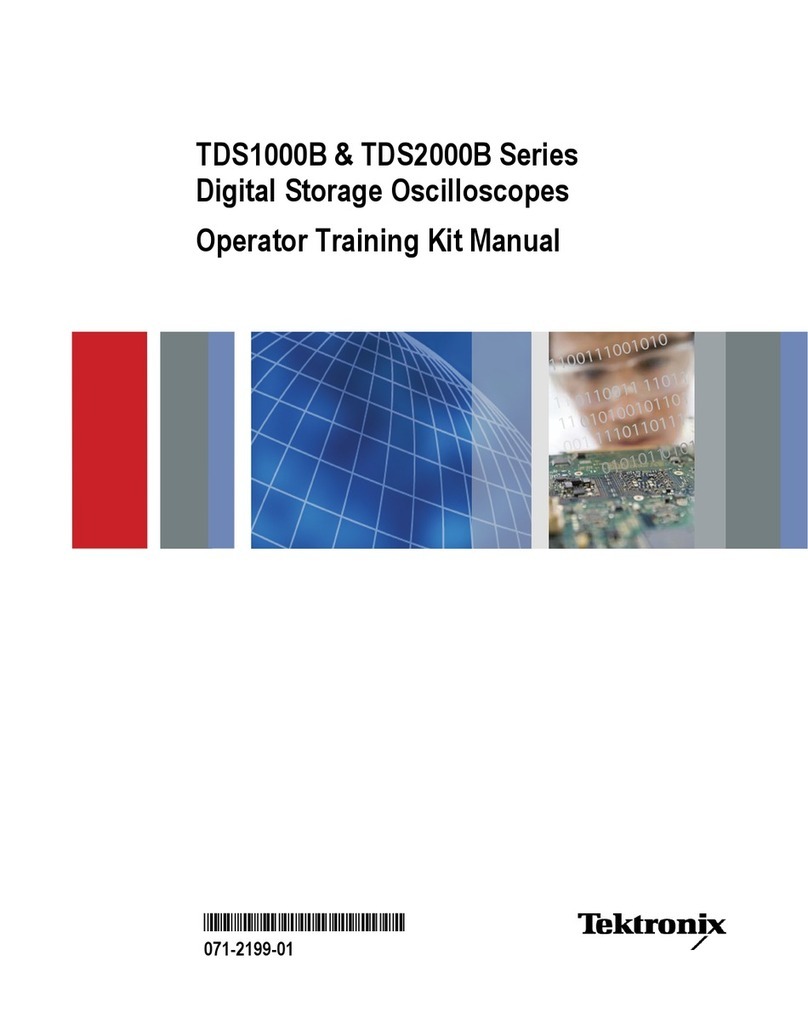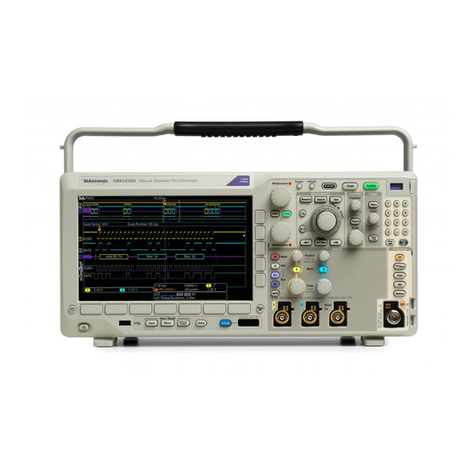Tektronix 7B10 User manual
Other Tektronix Test Equipment manuals
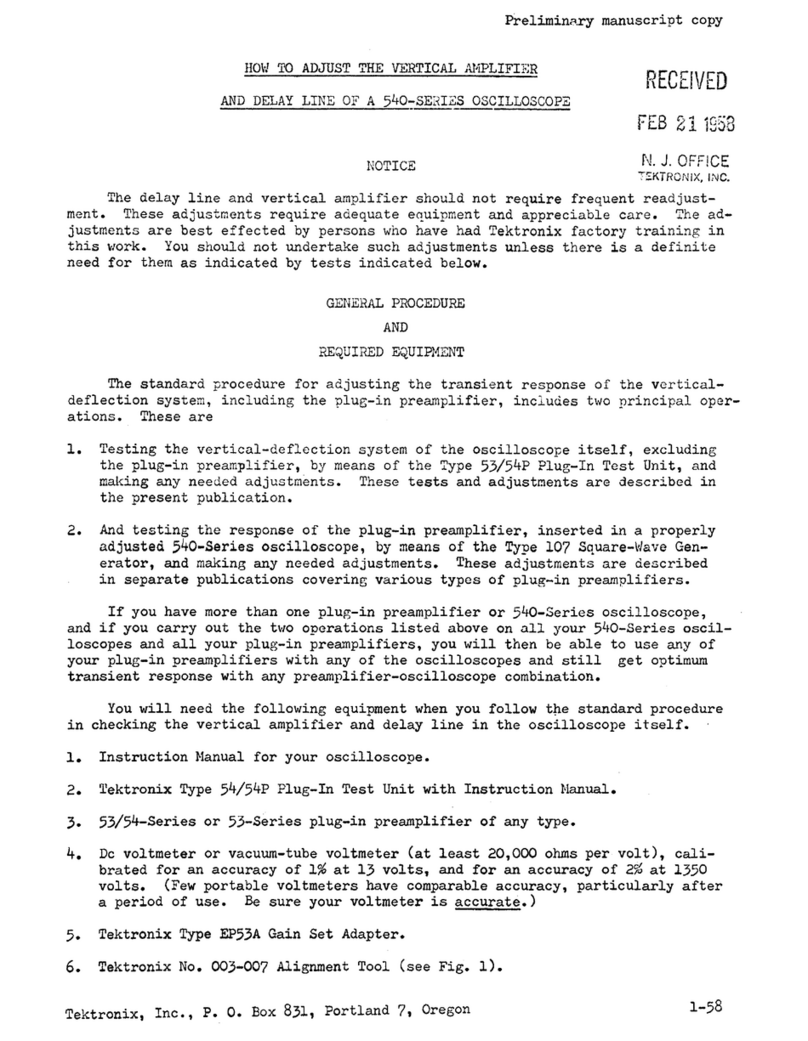
Tektronix
Tektronix 540 series User manual
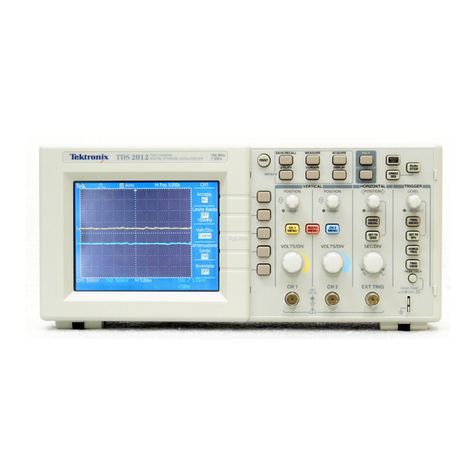
Tektronix
Tektronix TDS2012 User manual
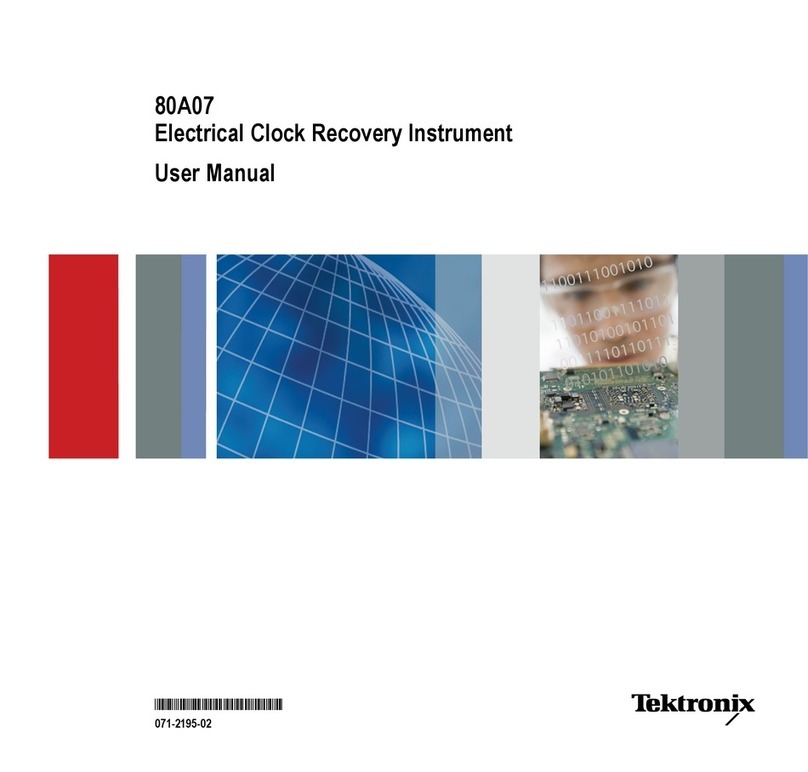
Tektronix
Tektronix 80A07 User manual
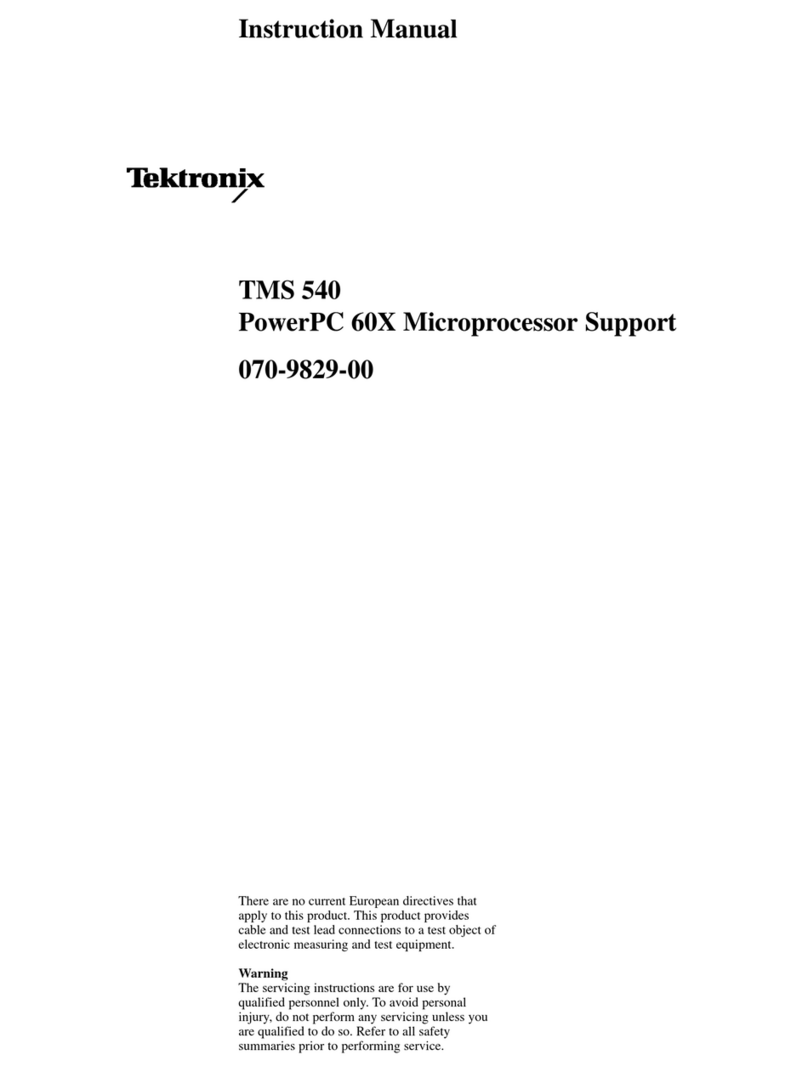
Tektronix
Tektronix TMS 540 User manual
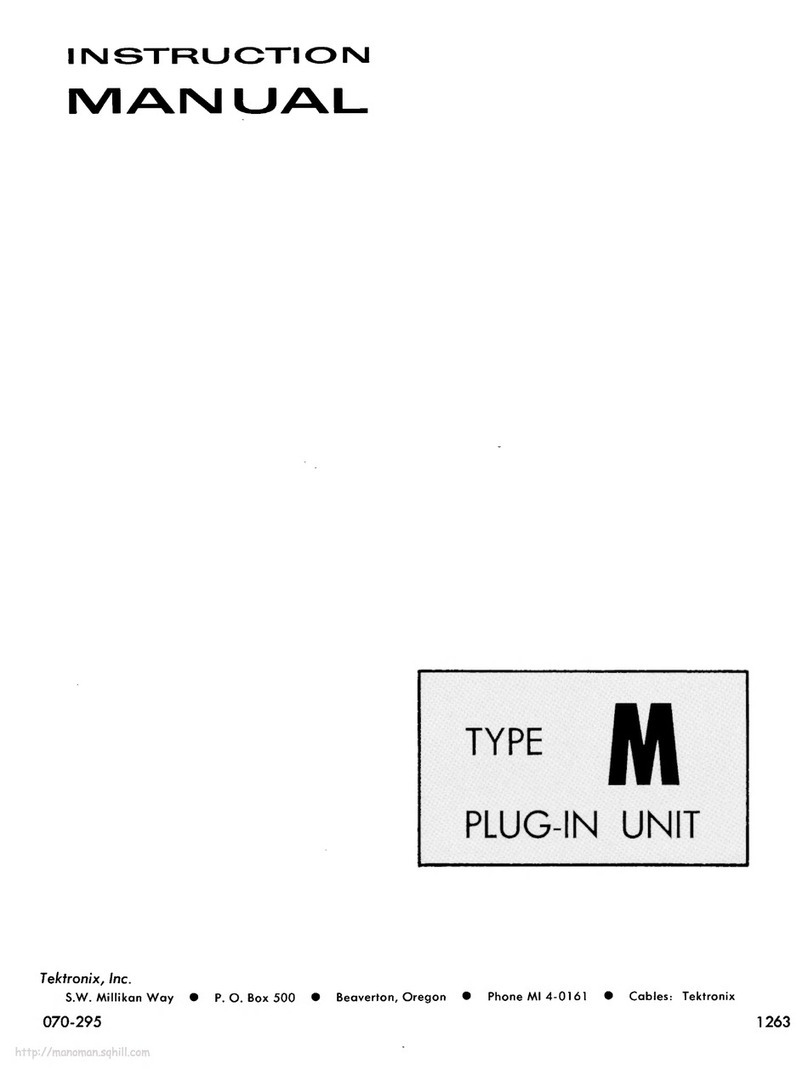
Tektronix
Tektronix M 581 Series User manual
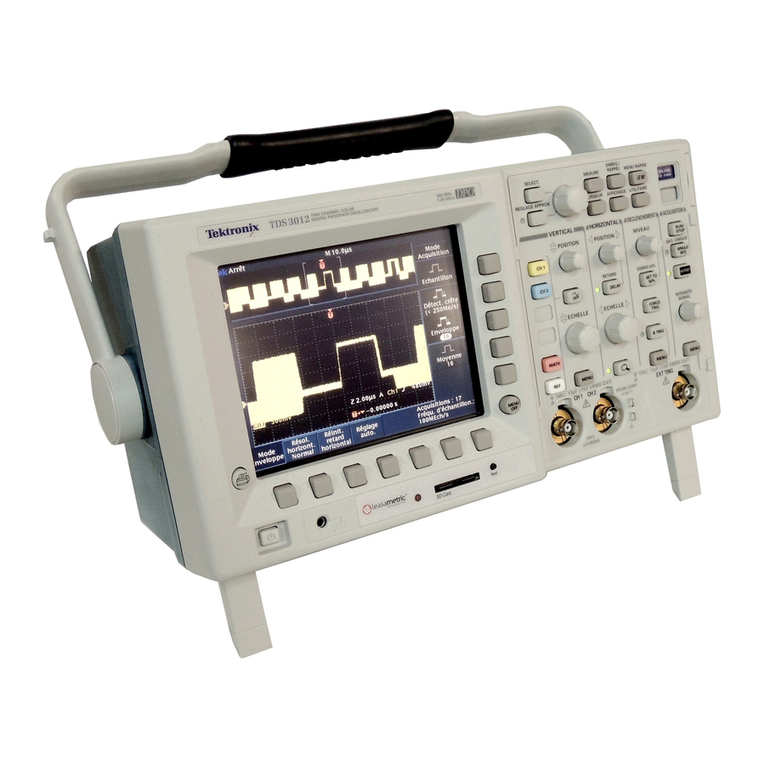
Tektronix
Tektronix TDS3000B Series User manual

Tektronix
Tektronix TDS 694C User manual

Tektronix
Tektronix TDS6000 Series User manual

Tektronix
Tektronix 323 User manual
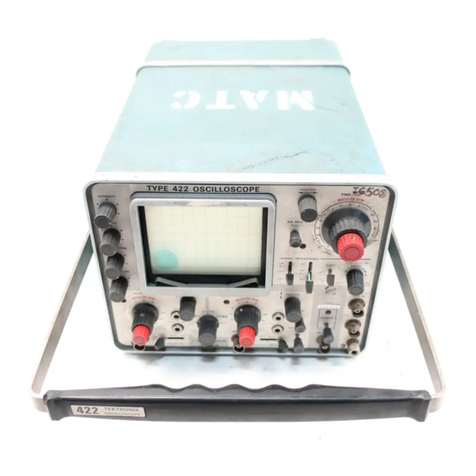
Tektronix
Tektronix 422 User manual
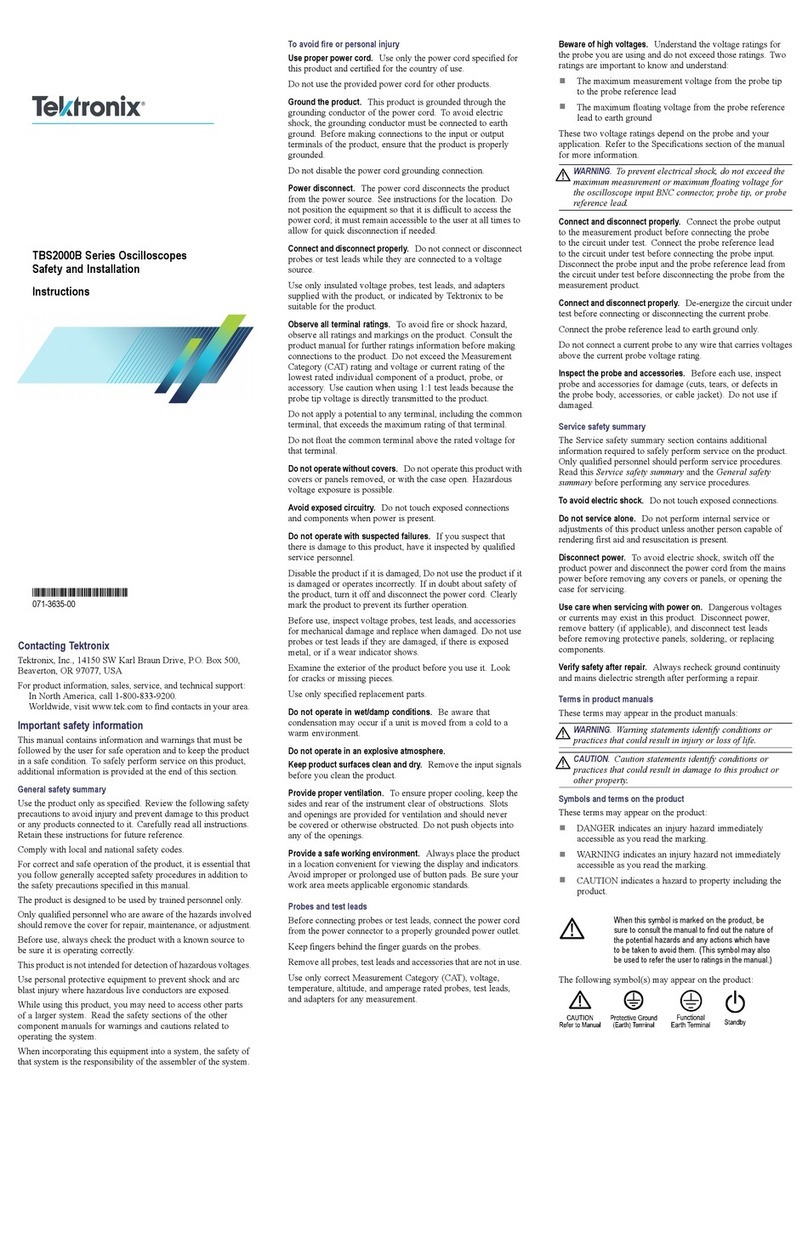
Tektronix
Tektronix TBS2000B Series Setup guide
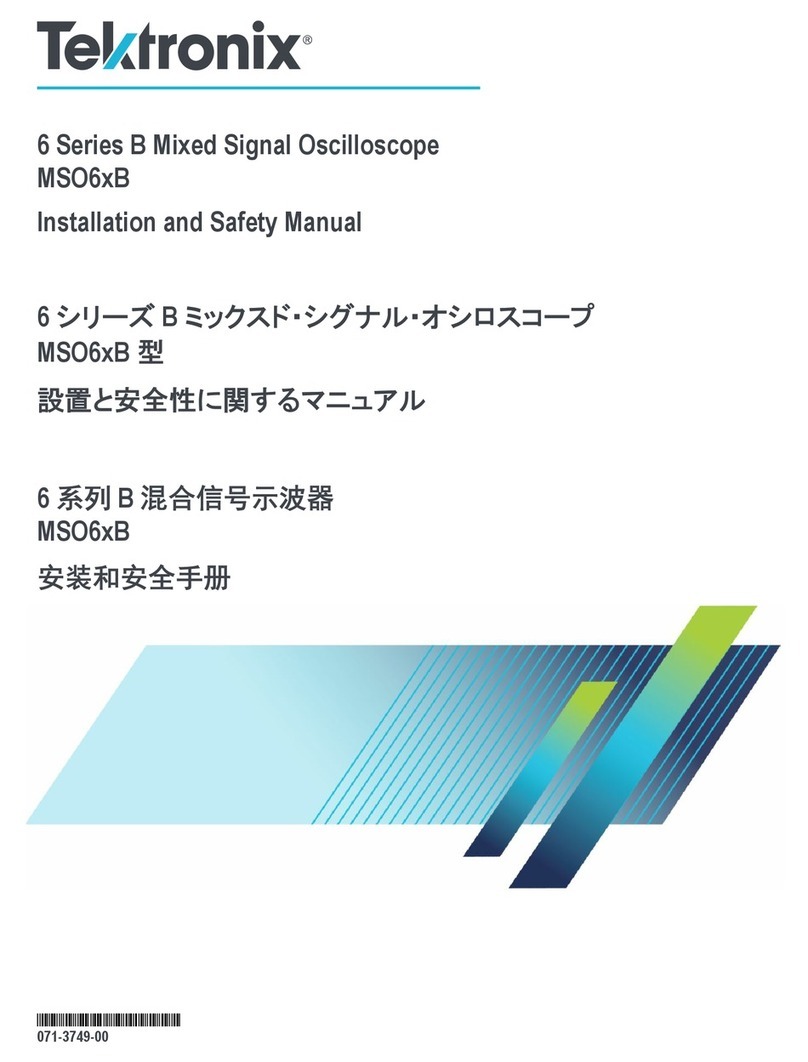
Tektronix
Tektronix MSO6 B Series User guide
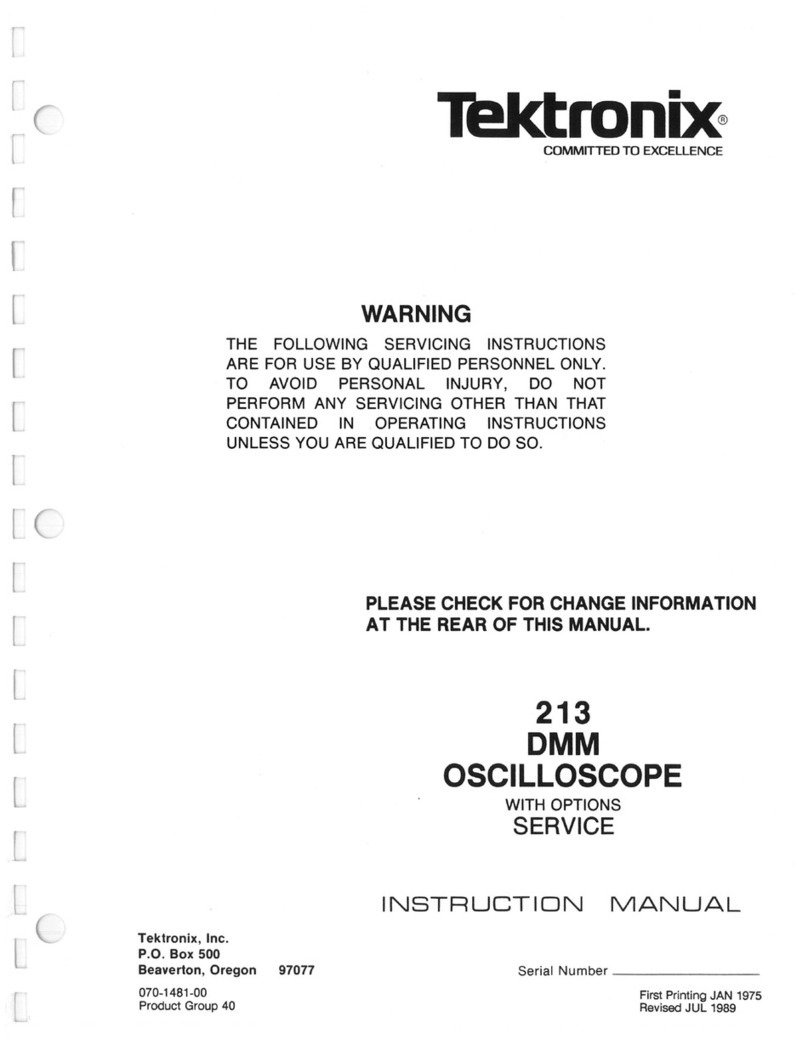
Tektronix
Tektronix 213 DMM User manual
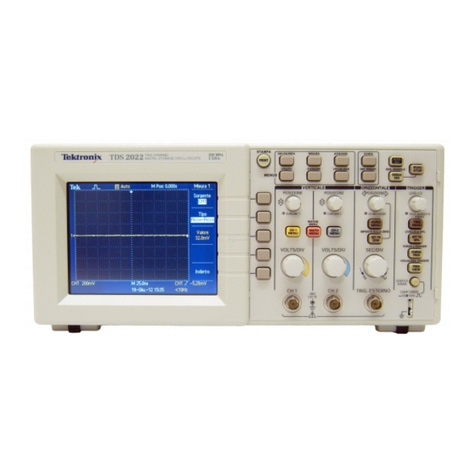
Tektronix
Tektronix TDS200 Series Operating and maintenance manual
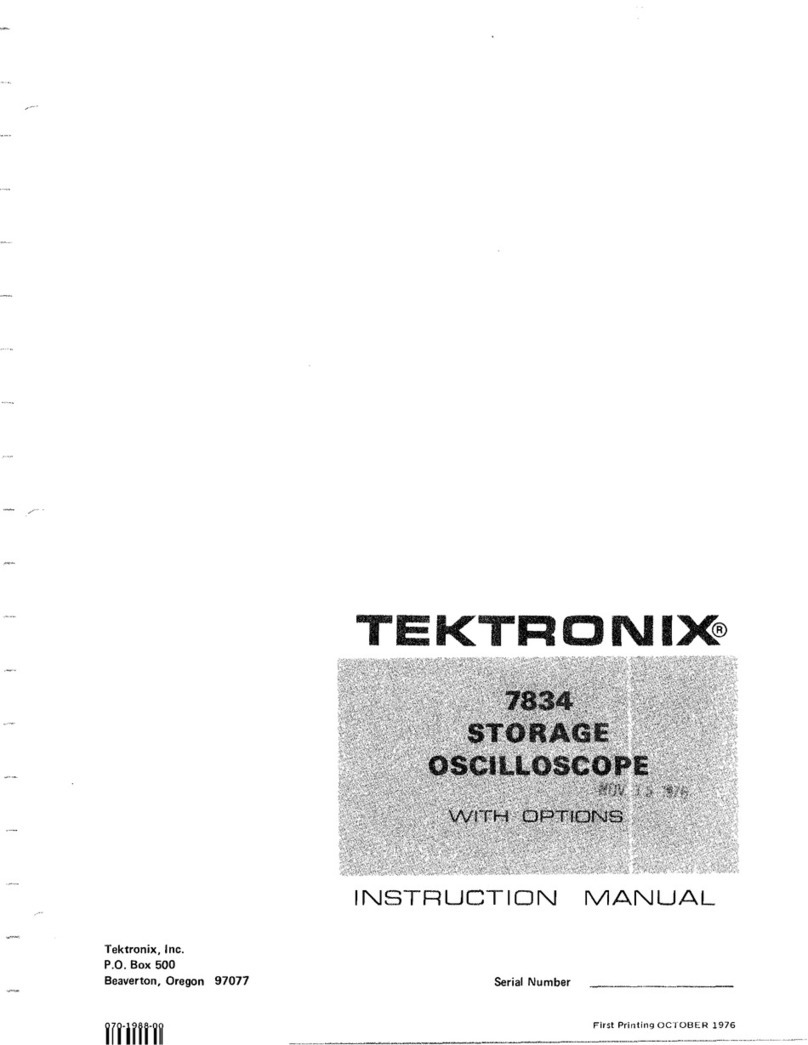
Tektronix
Tektronix 7834 User manual

Tektronix
Tektronix DPO4104 User manual

Tektronix
Tektronix TBS2000B Series Manual
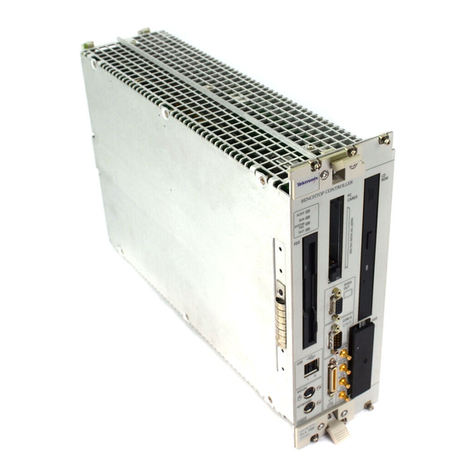
Tektronix
Tektronix TLA 700 Series User manual
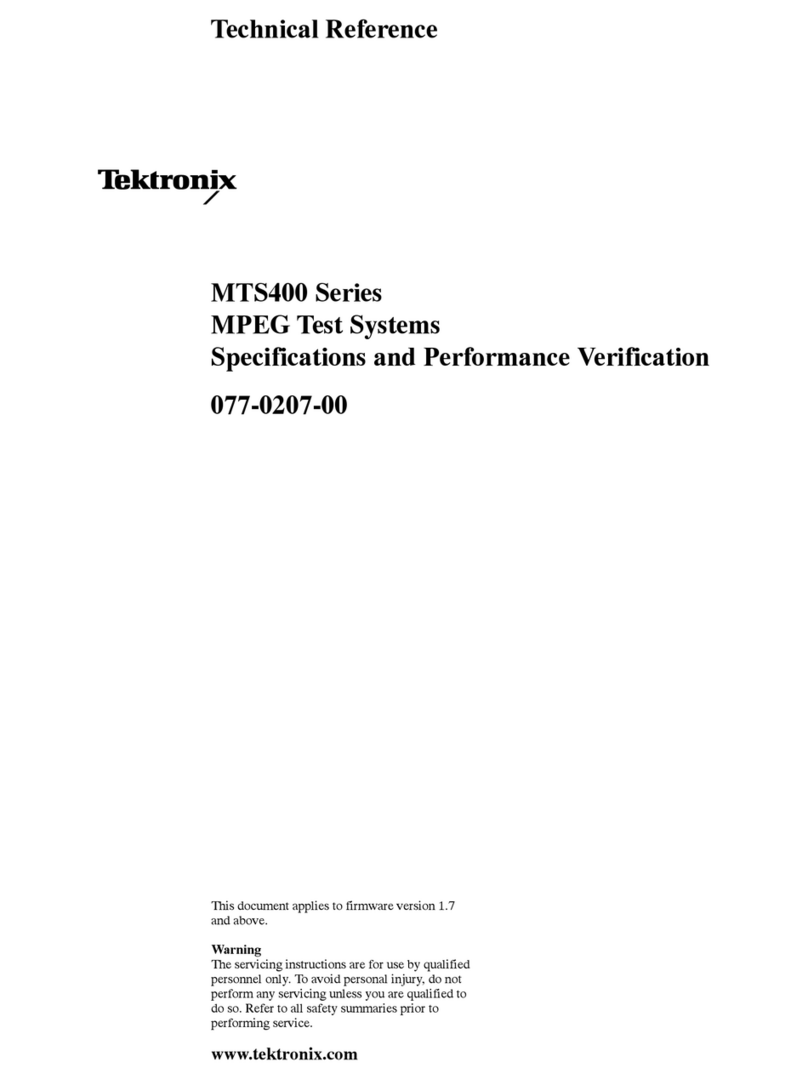
Tektronix
Tektronix MTS415 Use and care manual
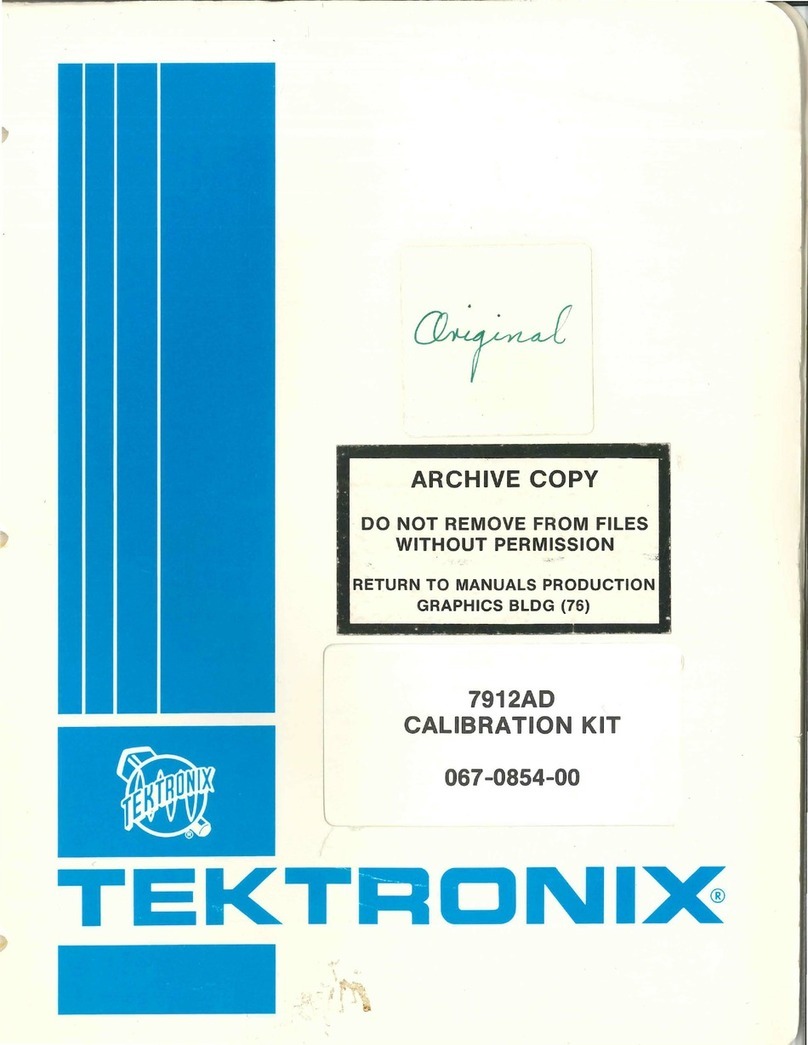
Tektronix
Tektronix 791AD User manual
Popular Test Equipment manuals by other brands

Redtech
Redtech TRAILERteck T05 user manual

Venmar
Venmar AVS Constructo 1.0 HRV user guide

Test Instrument Solutions
Test Instrument Solutions SafetyPAT operating manual

Hanna Instruments
Hanna Instruments HI 38078 instruction manual

Kistler
Kistler 5495C Series instruction manual

Waygate Technologies
Waygate Technologies DM5E Basic quick start guide

StoneL
StoneL DeviceNet CK464002A manual

Seica
Seica RAPID 220 Site preparation guide

Kingfisher
Kingfisher KI7400 Series Training manual

Kurth Electronic
Kurth Electronic CCTS-03 operating manual

SMART
SMART KANAAD SBT XTREME 3G Series user manual

Agilent Technologies
Agilent Technologies BERT Serial Getting started
